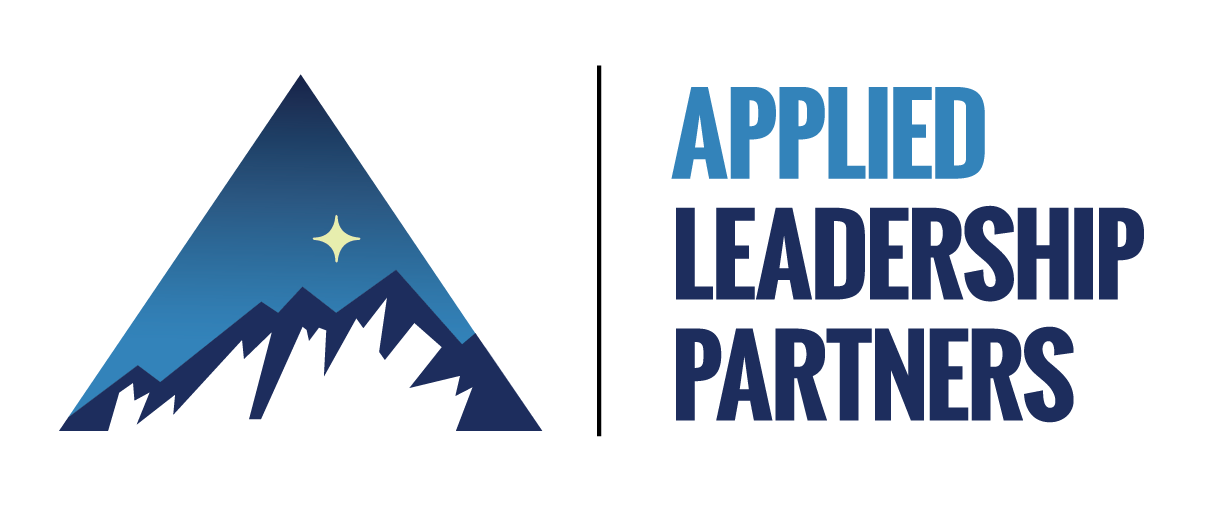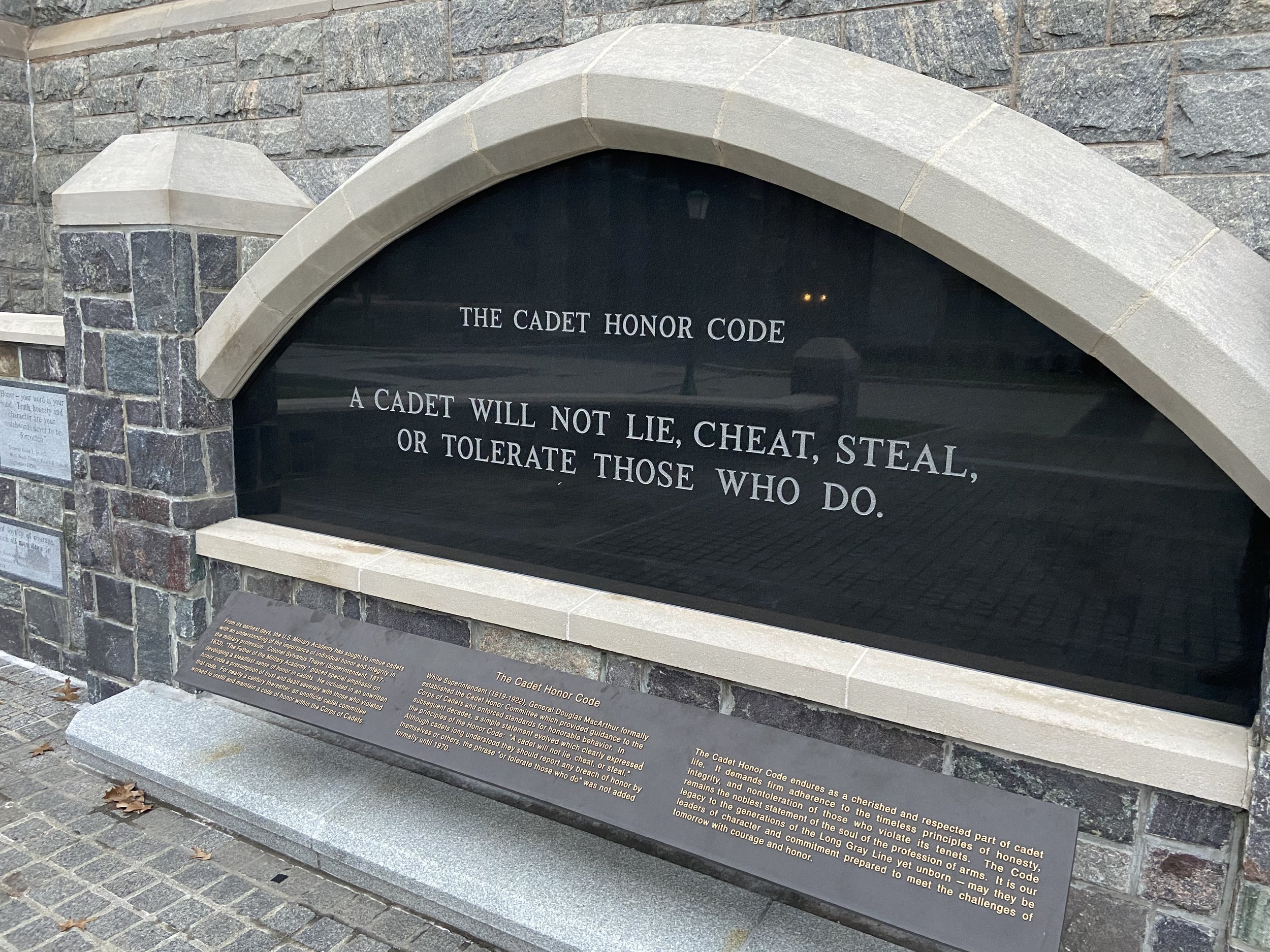Belonging is a basic human need. We need to belong like we need water, shelter, and sustenance. You can survive without belonging to a community, but you cannot thrive. All cultures, religions, and worldviews affirm this. We must find our tribes and we must commit to engaging them thoughtfully and earnestly.
Source: Simply Psychology
As a father, I have watched my children grow into two young adults within a world of false connections, fierce cowardice, and terrible meanness through social media, screens, and gaming. These town squares of digital connection that have replaced skinned knees on soccer fields have created terrible consequences within our youth, our adults, and our culture.
We are experiencing an explosion of loneliness, isolation, mass shootings, and suicide in America. The FBI found an increase in active shooter incidents between 2000 and 2020. There were three such incidents in 2000; by 2020, that figure had increased to 40.
Both of the young adults that Kelly and I have released into the world were young children in the 2018 STEM Highlands Ranch school shooting.
Suicide rates increased 36% between 2000-2018 and declined 5% between 2018-2020. Both of our children also experienced the impact of suicide after losing a dear family friend in 2018.
These statistics are not abstract concepts in the Young house. Nor are their grotesque, lifelong consequences.
Life has no silver bullets, though it’s enticing to think so. Authentic relationships won’t be the one factor that arrests the path to suicide or homicide, but isolation, loneliness, and false connections certainly won’t help.
Navigating the complexity of modernity and our enmeshment in the systems that are hurting us requires effort and sincerity. I’ve seen the power of authentic connections make huge improvements from veterans to abused children, old to young, black, white, Asian, Hispanic (or anyone under the sun). Authentic human connections and real relationships are the glue that binds us to reality. The tether that takes us out of the fabricated links of the digital world and pulls us back to an eternal, irreducible truth: we were made for connection.
This year, our children put themselves out there in ways that are counter-culture to their generation. Our son joined the Active Duty US Army Infantry and our daughter joined the sorority, Alpha Chi Omega (ΑΧΩ). Institutions that have existed for hundreds of years offering connection and purpose (also basic human needs). We are proud of them both. I applaud their counter-culture courage in a world of comfortable cowardices.
It is courageous to put yourself out there. It is courageous to join when we are encouraged to be followed. It is courageous to be real when we are baited to collect impressions. And it is courageous to be loved when we are told to settle for being liked.
I am a proud father today. My children are not perfect and the world that we have handed them–frankly–sucks right now. I applaud them for their courage to find their tribe in a world encouraging them to hide behind their screens. I respect the hell out of them for fighting the cultural gravity and for walking in faith - imperfectly, yet in earnest.


























































